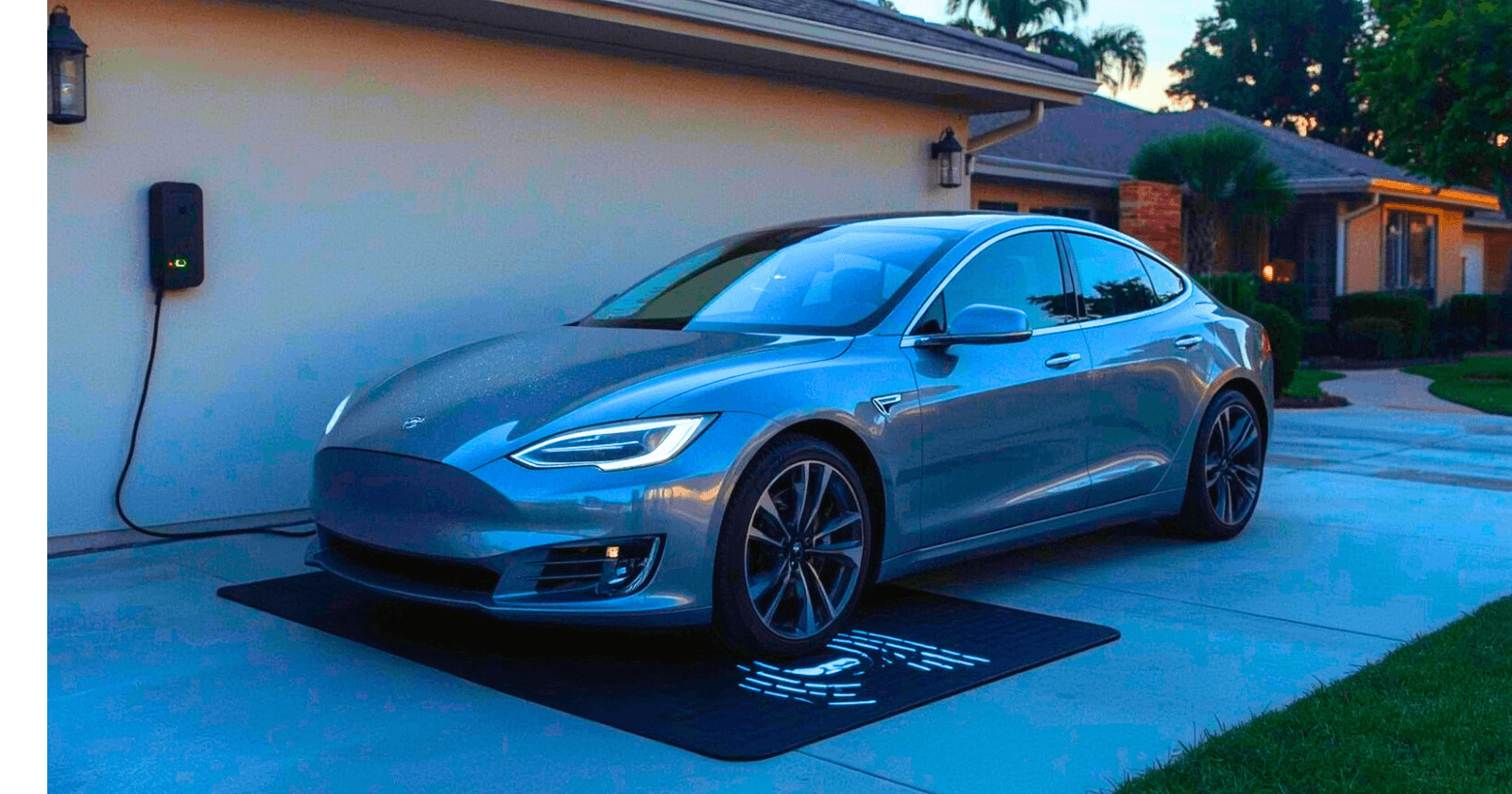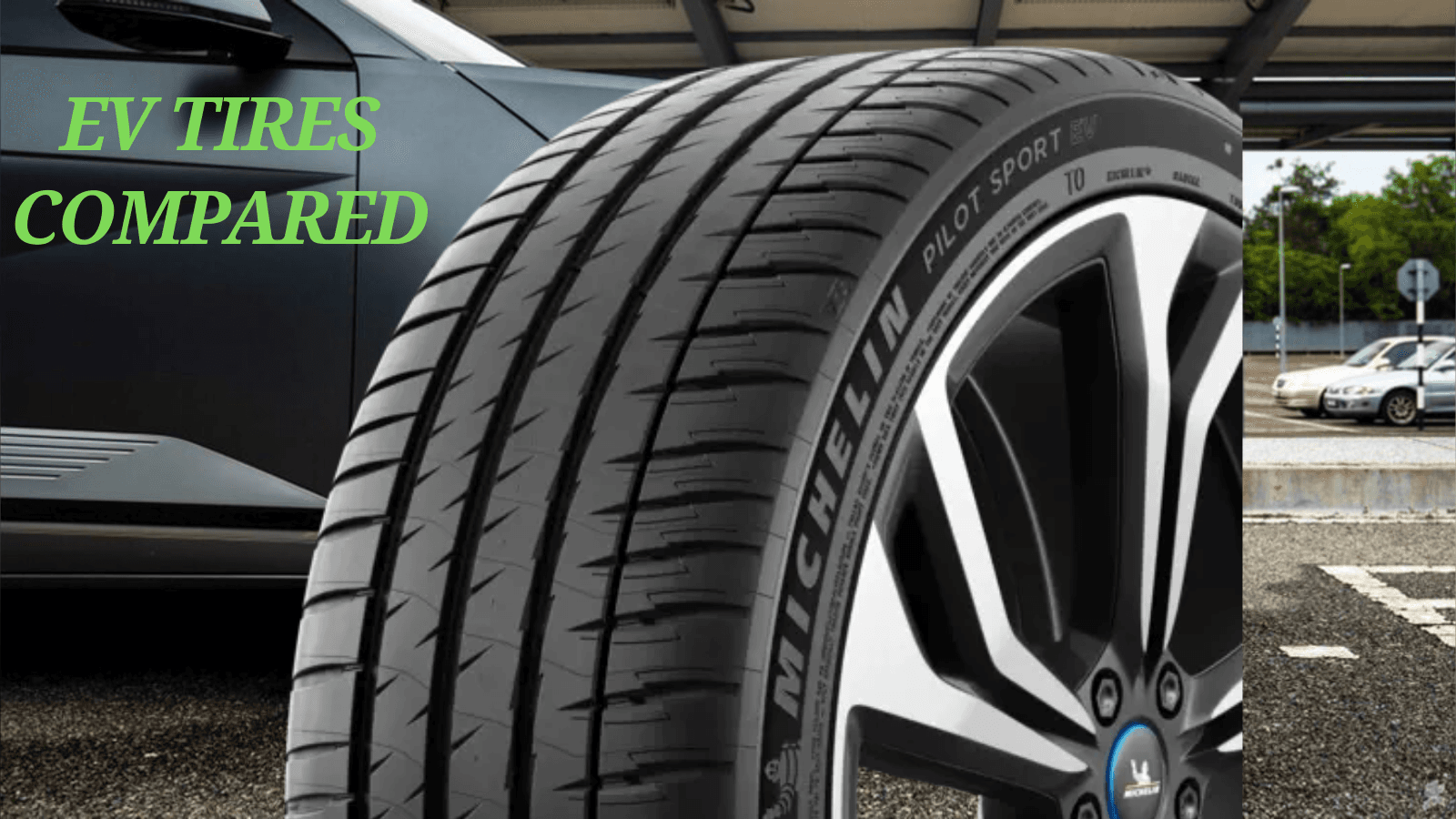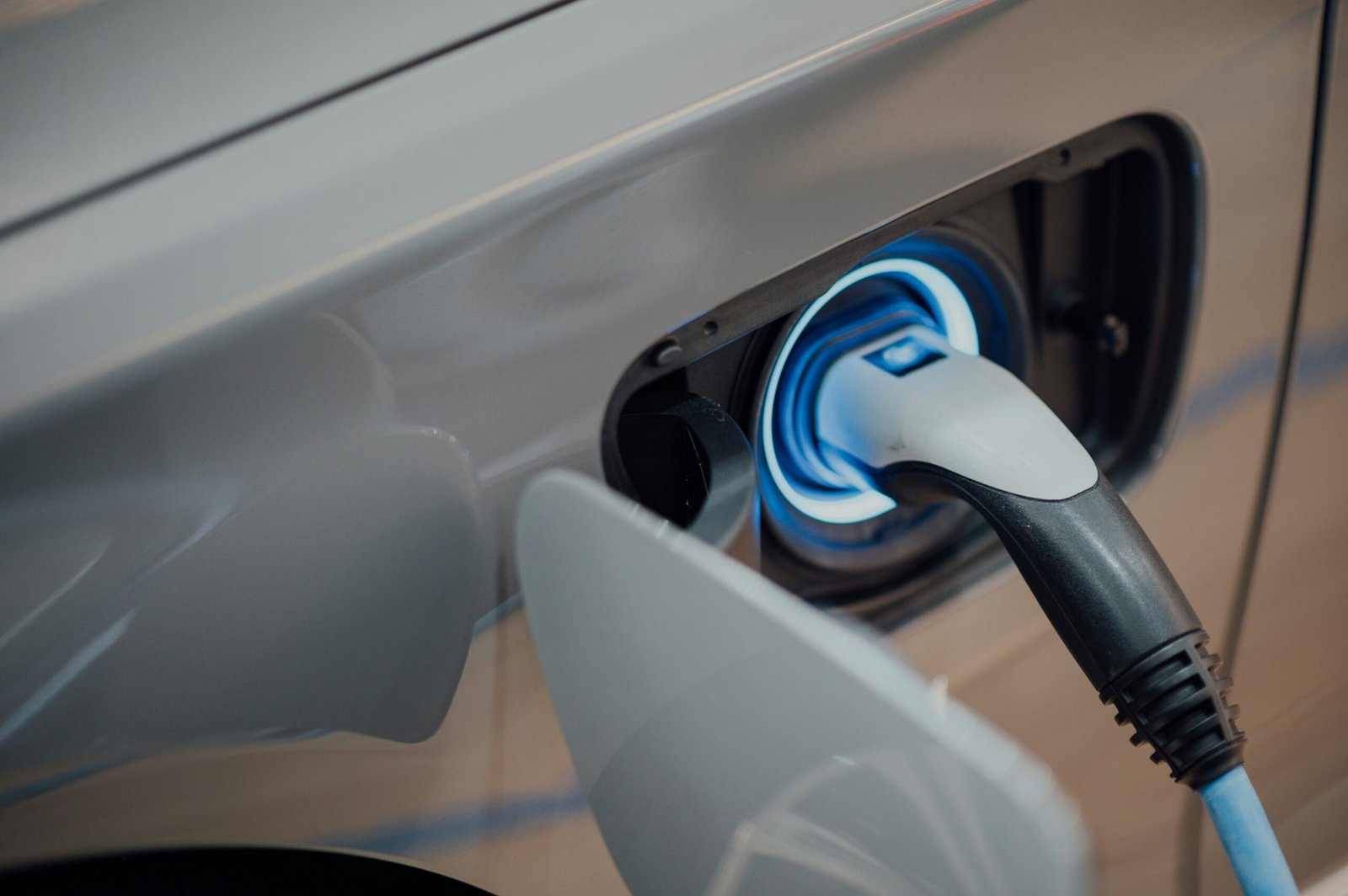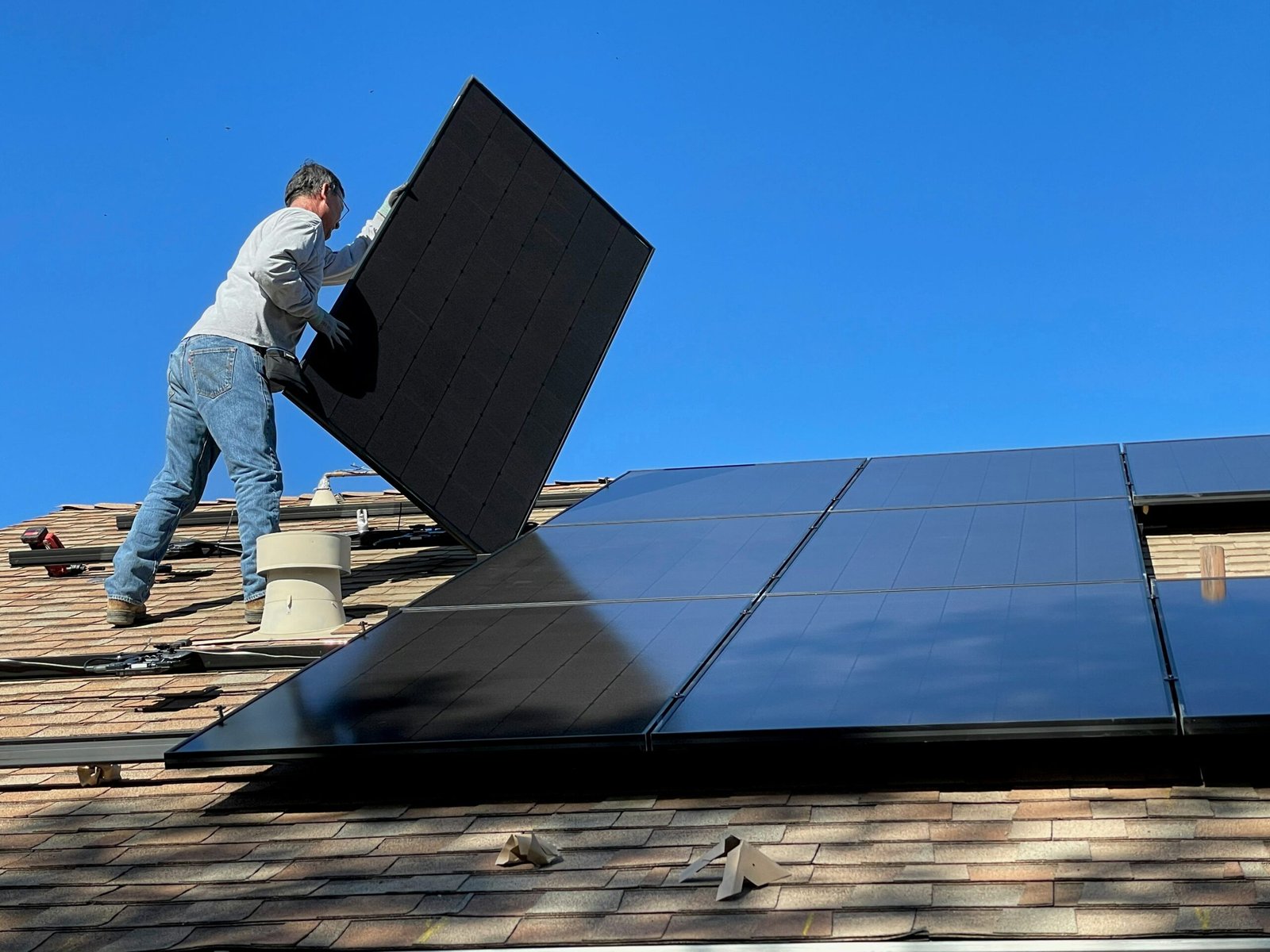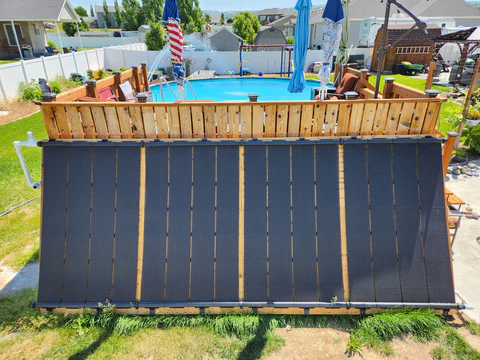For all the incredible advancements in electric vehicles, one ritual remains stubbornly analog: the charging cable. It’s the last piece of physical friction in an otherwise seamless experience—a heavy, often dirty cord you have to wrestle with in the rain, snow, or a dark garage.

But what if that final, clumsy step was about to disappear forever? What if charging your car was as simple as parking it and walking away?
This isn’t science fiction. This is the world of wireless EV charging, a technology that is rapidly moving from the lab to our driveways. As an expert in energy systems, I want to break down how this “magic” actually works, the serious engineering hurdles being overcome, and what it means for the future of every car on the road.

How It Really Works: More Than Just a Big Phone Charger
At its core, the principle is the same as the wireless charger for your smartphone: inductive power transfer. Think of it as two halves of a transformer separated by air.
- The Ground Assembly Unit (GA): This is a charging pad, either mounted on or embedded into your garage floor or a parking spot. When activated, an alternating current flows through a coil inside, creating a powerful, oscillating magnetic field.
- The Vehicle Assembly Unit (VA): This is a receiving pad attached to the underside of your EV. When the car parks over the ground pad, the magnetic field from the GA induces an electric current in the coil of the VA.
- Conversion and Charging: This newly created AC electricity is then converted to DC power onboard the vehicle and used to charge the main battery, just as if it were plugged in.
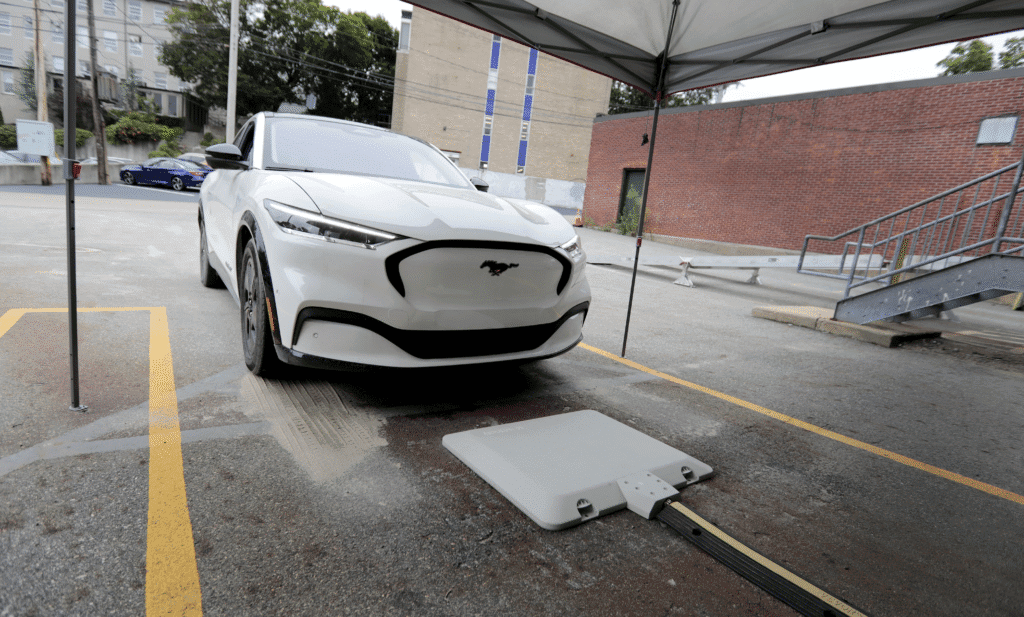
This entire process is governed by a global standard, SAE J2954, which ensures that any certified car can charge on any certified pad, creating a universal system much like the plugs we use today.
The Expert’s View: It’s Not Magic, It’s Physics
While the concept is simple, making it work efficiently and safely for a 2-ton vehicle is a massive engineering challenge. My analysis of the research, including a recent comprehensive review in the journal Renewable and Sustainable Energy Reviews, highlights three critical hurdles that engineers are solving right now.

- 1. The Efficiency Gap: Every time you transfer energy without wires, some is lost as heat. Early systems struggled with this, but modern, high-performance systems based on magnetic resonance technology (like those pioneered by companies like WiTricity) can now achieve over 90-93% efficiency from the grid to the battery. This is very close to the ~95% efficiency of a typical plug-in charger, making the convenience trade-off incredibly small.
- 2. The Parking Problem (Misalignment): The biggest challenge is ensuring the two pads are perfectly aligned. If you park slightly off-center, the efficiency of the power transfer can drop dramatically. To solve this, advanced systems use a combination of smart communication between the car and the charger and sophisticated coil designs that create a larger, more forgiving “sweet spot” for charging. The goal is to allow for significant parking tolerance without the driver having to think about it.
- 3. The Safety Factor (Foreign Object Detection): What happens if a pet walks between the pads, or a piece of metallic trash blows underneath the car while it’s charging? The system must be able to detect this instantly. All SAE J2954 certified systems include advanced Foreign Object Detection (FOD) that can identify foreign materials and immediately shut down the power transfer to prevent any risk of overheating or harm.

Who is Making This a Reality?
This technology is no longer a concept.
- Genesis was the first automaker to offer a factory-installed wireless charging option on its GV60 electric SUV in a pilot program.
- Volvo has been successfully testing wireless charging on a fleet of electric taxis in Sweden, proving its viability for commercial use.
- Companies like WiTricity are working directly with automakers to integrate this technology into their next generation of EVs.
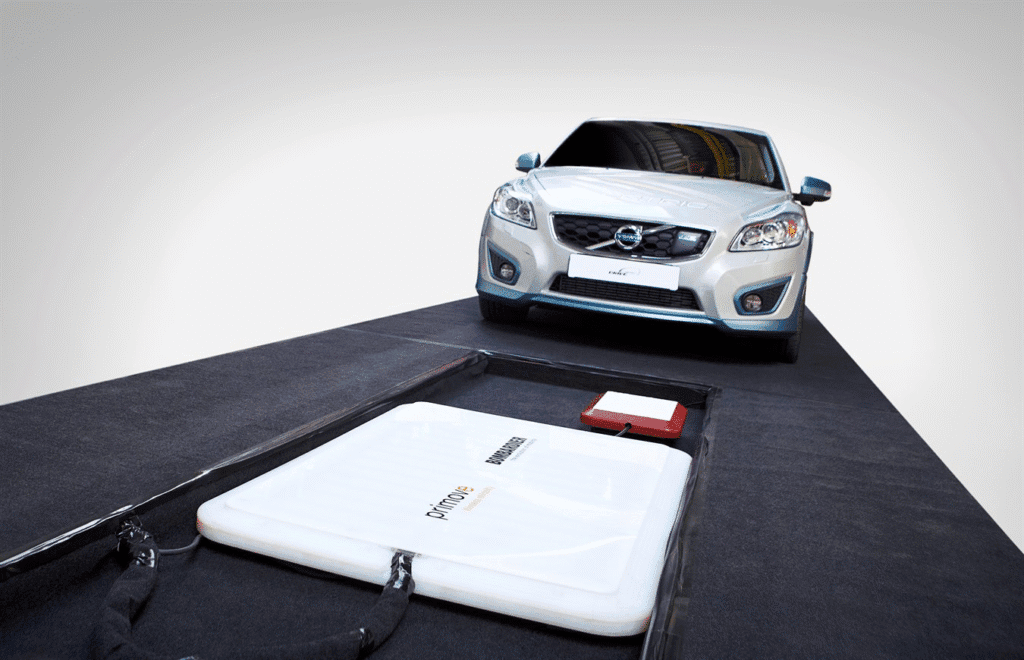
The Verdict: The Inevitable Future of Charging
While the upfront cost of wireless charging systems is still higher than a standard wall charger, the trend is clear. The sheer convenience, combined with the critical need for autonomous vehicles to charge themselves without human intervention, makes wireless charging an inevitability.
The charging cable has served us well, but its days are numbered. The future of charging is not about plugging in; it’s about simply parking.

Suhas Shrikant is the founder of Vecharged and an engineering enthusiast specializing in high-power off-grid solar systems. He has designed and built over a dozen custom systems and uses his hands-on, field-tested experience to create Vecharged’s expert guides and reviews.

